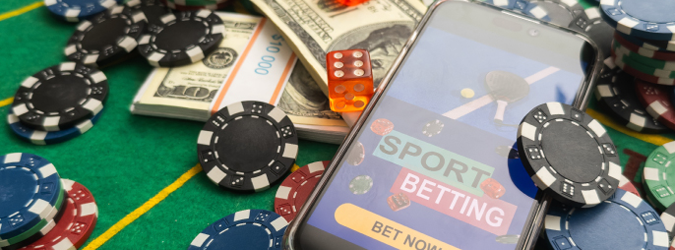
Best Poker Strategies for Playing Live Games 2025
As poker continues to evolve, players are always looking for the edge to improve their game. In 2025, understanding the best poker strategies for playing live games is essential for anyone aspiring to be proficient at the table. Whether you’re a seasoned player or a newcomer, knowing the right tactics can help you navigate the complexities of live poker. For more resources and tips, you can visit Best poker strategies for playing live games 2025 jugabet-casino.com for insights and guidance.
Understanding the Basics of Live Poker
Before diving into advanced strategies, it’s important to grasp the fundamental principles of live poker. Unlike online poker, live games offer nuanced dynamics such as physical tells, the ability to interact with other players, and varying table etiquette. Understanding how to read your opponents and adjusting your strategy based on their behavior can significantly enhance your chances of success.
1. Observation is Key
One of the most crucial strategies when playing live poker is to be observant. Watch how your opponents behave: do they bluff frequently, or do they play conservatively? Pay attention to their betting patterns and body language. This will help you make informed decisions and spot potential bluffs.
2. Position Matters
Your position at the table can greatly affect your strategy. Being in a late position (closer to the dealer) allows you to see how other players act before making your own decision. Use this advantage to play more aggressively when the opportunity arises. In contrast, if you’re in an early position, you may want to tighten your range and play more conservatively.
3. Mastering the Art of Bluffing
Bluffing is not only a common strategy but also an art form in poker. While online players may rely solely on statistical data, live players can capitalize on the physical aspect of the game. Make careful assessments of your opponents’ psychological states. A well-timed bluff can lead to a massive payoff when executed correctly, but be cautious; over-bluffing can damage your credibility at the table.
4. Bankroll Management
One of the vital aspects of gambling is managing your bankroll effectively. Set a budget for each session and stick to it. Avoid going on tilt — a state of emotional frustration — which can lead to poor decision-making and potential losses. Knowing when to walk away is as crucial as staying in to play. A solid bankroll management strategy helps you enjoy the game longer and gives you more opportunities to win.

5. Reading Players
Developing the ability to read your opponents is invaluable. Look for physical tells such as fidgety hands, changing facial expressions, and betting tendencies. If a player is suddenly silent after being talkative, they may be holding a strong hand or vice versa. Learn to spot these tells and use them to gauge the strength of your opponents’ hands.
6. Adapting to the Game Flow
Every poker table has a unique atmosphere. Pay attention to the game flow. Some tables may be aggressive, while others are passive. Your strategy should adapt accordingly. If players are betting aggressively, consider tightening your play and waiting for premium hands. Conversely, if the table is passive, you can take advantage by being more aggressive and stealing blinds.
7. Continuation Betting
Continuation betting (c-betting) is a powerful move in live poker, especially if you were the aggressor pre-flop. After the flop, if you have missed your hand but have a good read on your opponents, a c-bet can put pressure on them. However, be cautious; your opponents may call, and you should be prepared to assess the situation further on the turn or river.
8. The Importance of Table Image
Your table image — how other players perceive you — can influence their decisions in critical moments. If you’ve been playing tightly, you’ll often be called less when finally deciding to push a big hand. Conversely, if you’ve been bluffing frequently, players may call you more liberally. Use these perceptions to your advantage by strategically changing your play style to reflect the opposite of your table image when needed.
9. Know When to Fold
Many players struggle with folding; a common error is the reluctance to let go of a hand that could potentially improve. Understand that folding can often be the best play. If you’re facing heavy betting and your hand isn’t strong enough, it’s wise to cut your losses and wait for a better opportunity. Learning to fold can prevent you from losing further chips and help you stay in the game longer.
10. Continuous Learning and Adaptation
The world of live poker is ever-changing. To be successful, commit to continuous learning and adapt your strategies based on new information. Stay informed by reading books, watching tutorial videos, and discussing strategies with other players. Remain open-minded and willing to change your tactics as you gain new insights into the game.
Conclusion
Implementing the best poker strategies for live games in 2025 requires practice, patience, and careful observation. By mastering the elements outlined in this article, you’ll enhance your game and improve your chances of success at the table. Always remember that while skill and strategy are vital, enjoying the game and the experience of live poker is equally important. Whether it’s the thrill of the bluff or the excitement of a well-played hand, make the most of every moment you spend at the table.


Comment closed!